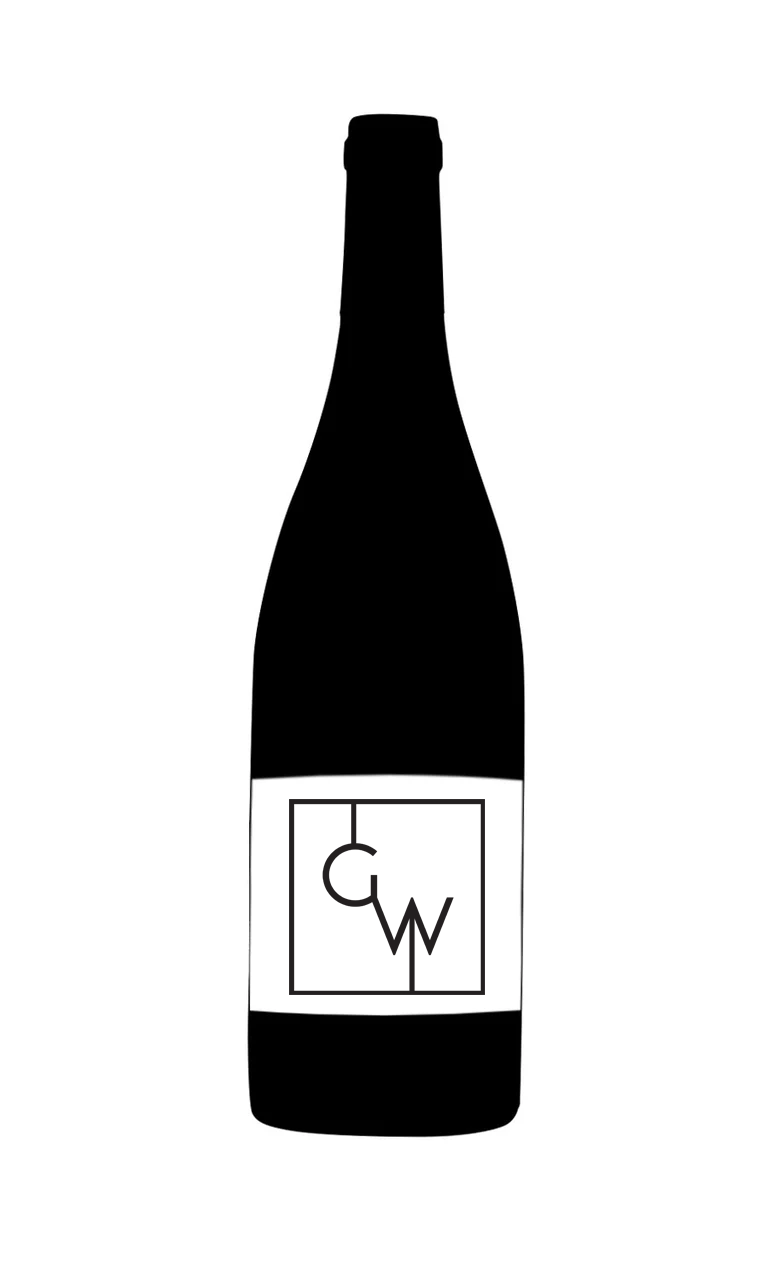Producer
Domaine Méo-Camuzet
When Jean-Nicolas Méo arrived in 1989 he had very big shoes to fill. Henri Jayer, arguably Burgundy’s preeminent vigneron, had managed the domaine for the previous four decades under a share-cropping agreement with the Méo family. Since then Jean-Nicolas has more than met the challenge. Following meticulous viticultural and winemaking practices he creates wonderful wines with fine levels of concentration, and today, almost three decades since his ascension, it ranks in the upper echelons of the Burgundy firmament. The majority of wines are red, ranging from Bougogne Rouge up to their ultra-famous Cros Parantoux and outstanding Richebourg. But Jean-Nicolas also makes a miniscule production of white wine. He began planting the Chardonnay for his Clos St. Philibert on steep slopes overlooking Nuit St. Georges over 25 years ago from carefully selected Chardonnay clones. Domaine Méo-Camuzet has expanded its line of 'vins de négoce' in recent years. These wines are bottled under the 'Méo-Camuzet Frères et Soeurs' label.



